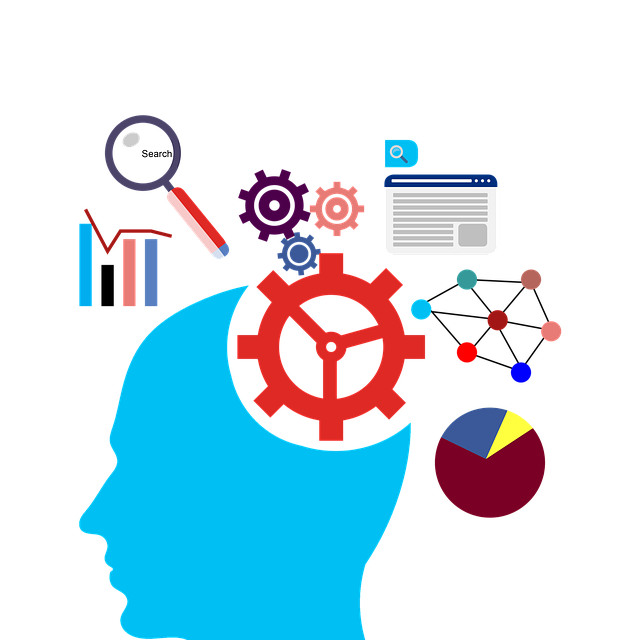AI-powered ghost kitchens are revolutionizing food delivery through advanced technologies like the Google Maps API, which enables precise route planning, real-time traffic updates, and demand prediction. By integrating this technology, kitchens can optimize delivery routes, reduce travel times, and cut costs. AI algorithms also personalize recommendations based on customer data, increasing sustainability and profitability while fostering stronger customer connections. This strategic move gives ghost kitchens a competitive edge by offering swift service and efficient operations.
“The future of food delivery is here with AI-driven ghost kitchen systems, revolutionizing how we access meals. This article explores the power of artificial intelligence in optimizing efficient food delivery networks. We delve into the integration of Google Maps API for advanced route planning, enhancing customer experiences and engagement.
Furthermore, we uncover the potential of AI to transform upsell strategies with personalized recommendations, offering a unique and lucrative approach to scaling businesses. Discover how these innovative technologies are reshaping the culinary landscape.”
- Understanding AI-Powered Ghost Kitchens: Unlocking Efficient Food Delivery Systems
- Integrating Google Maps API for Route Optimization and Customer Engagement
- Enhancing the Upsell Strategy: Personalized Recommendations at Scale
Understanding AI-Powered Ghost Kitchens: Unlocking Efficient Food Delivery Systems

AI-powered ghost kitchens are revolutionizing food delivery systems, leveraging advanced technologies to streamline operations and enhance customer experiences. At the heart of this transformation lies integration with Google Maps API, which allows for precise route planning and real-time traffic updates. This ensures efficient kitchen management by optimizing delivery routes, minimizing delays, and maximizing productivity.
By utilizing AI algorithms, ghost kitchens can predict demand patterns, enabling them to upsell services effectively. These systems analyze customer preferences, historical orders, and location data to offer personalized recommendations. Such route enhancements not only cut down on travel time but also contribute to cost savings for delivery personnel, making the entire process more sustainable and profitable.
Integrating Google Maps API for Route Optimization and Customer Engagement

Integrating the Google Maps API is a strategic move for AI-powered ghost kitchens aiming to optimize delivery routes and enhance customer engagement. This powerful tool offers advanced route planning capabilities, allowing dynamic routing based on real-time traffic data. By utilizing these route enhancements, AI systems can significantly reduce delivery times, especially in urban areas with complex labyrinthine streets. Not only does this improve customer satisfaction by providing faster service, but it also contributes to more efficient operations for ghost kitchen businesses.
Furthermore, the Google Maps API facilitates personalized customer engagement through location-based services. AI upsell systems can leverage this data to offer tailored recommendations to users based on their proximity to specific restaurants or past ordering habits. This level of customization increases the likelihood of upselling opportunities and encourages repeat purchases, fostering a stronger connection between customers and the ghost kitchen platform.
Enhancing the Upsell Strategy: Personalized Recommendations at Scale

In the realm of AI-driven ghost kitchens and upsell systems, leveraging advanced technologies like the Google Maps API can significantly enhance delivery routes, ensuring efficient operations and improved customer satisfaction. By integrating AI algorithms with location-based data, kitchen managers can make real-time decisions based on customer preferences and patterns, resulting in tailored recommendations for each order. This level of personalization not only upsells items but also creates a unique dining experience.
AI’s ability to analyze vast amounts of consumer behavior data allows for precise route optimization. Using the Google Maps API, delivery personnel can navigate through traffic with precision, reducing time and fuel costs. Additionally, AI algorithms can predict peak hours and adjust routes accordingly, ensuring timely deliveries. These route enhancements are pivotal in a competitive market, where efficient operations and swift service are key to gaining a strategic edge over competitors.
AI-driven ghost kitchens are transforming food delivery, leveraging technology like the Google Maps API for optimized routes and enhanced customer engagement. By integrating personalized upselling strategies based on consumer behavior, these systems offer a competitive edge, increasing sales and improving customer satisfaction. Through route optimization and tailored recommendations at scale, AI ghost kitchen platforms are redefining the future of efficient, data-driven food service.
